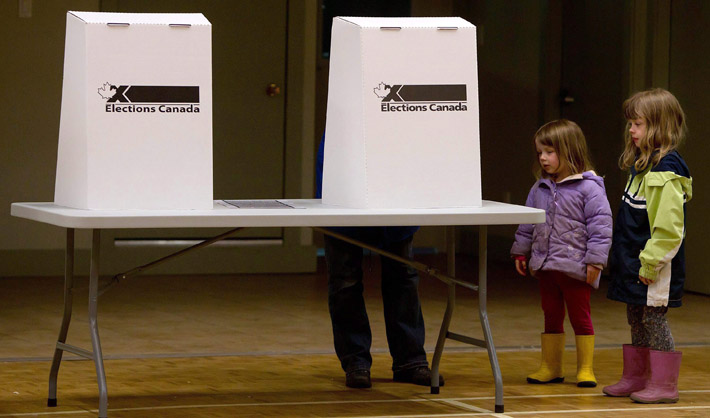A century-old formula allocating seats in the House of Commons gives voters in some regions much more clout than others – even after a riding redistribution this year corrected the worst disparities.

The main source of the inequalities is the “senatorial floor,” a constitutional provision under which no province can have fewer Members of Parliament than it has senators. The formula tends to give lower-population provinces disproportionate representation: Prince Edward Island’s four senators entitle it to four MPs, representing ridings with roughly 36,000 people each. (If the rest of the country were represented at that level, the House of Commons would have 955 MPs.)
A once-in-10-years redistribution of federal ridings expected to wind up this month expands the House of Commons from 308 to 338 seats and gives voters in Ontario, Quebec, Alberta and British Columbia an average of one MP per 100,000 people or more; Manitoba and Nova Scotia get one MP for every 80,000-90,000; Saskatchewan, New Brunswick and Newfoundland and Labrador, 70,000-80,000.
“The whole basis of the Canadian Confederation settlement was that the House of Commons would be based on the principle of representation by population – it’s a founding principle of the Canadian federal government,” University of Western Ontario political scientist Andrew Sancton said in an interview. “My concern is that the principle has been significantly eroded over time.”
Global News mapped Atlantic ridings over Toronto and Vancouver to see how it would look for Canada’s metropolitan centres to have representation as good as its east-coast provinces.
Toronto
Atlantic Canada’s 32 ridings fit easily into Toronto (with half of Scarborough left over); in real life, the city as a whole gets 25 ridings. Charlottetown’s 36,000 people fit comfortably along Davenport between Christie and Old Weston Road, while the riding of Cardigan fits into High Park, the Junction and part of Bloor West Village. On Nova Scotia’s allocation scale, Etobicoke has four ridings instead of three:
Vancouver
In Vancouver, Prince Edward Island’s four ridings fit neatly between the Musqueam lands at the edge of UBC and Boundary road, south of 41st Avenue and hugging the Fraser River. Newfoundland’s Avalon riding fits in the west end of downtown and Stanley Park. Central Nova would give West Vancouver its own riding.
The redistribution helps, Sancton argues, but doesn’t rectify fundamental inequalities in representation.
“These things are the result of various side deals that are made at different times in history, where provinces get these guarantees,” he said.
“I think they’re hard to defend from any rational perspective. But when you’re on the political front lines and you have to make deals with people, this is the result.”





Comments